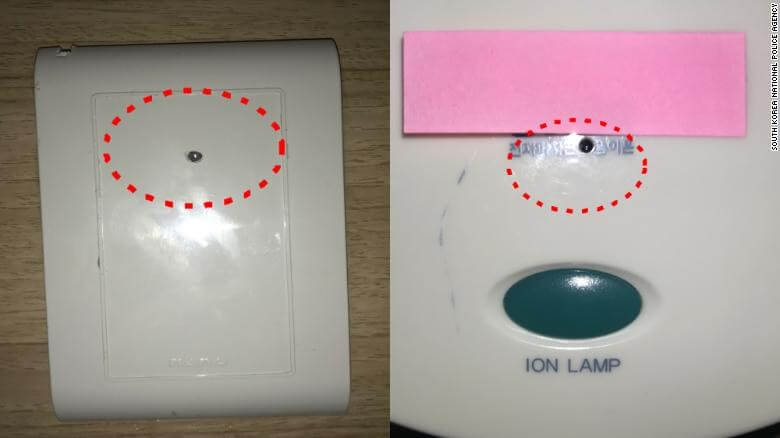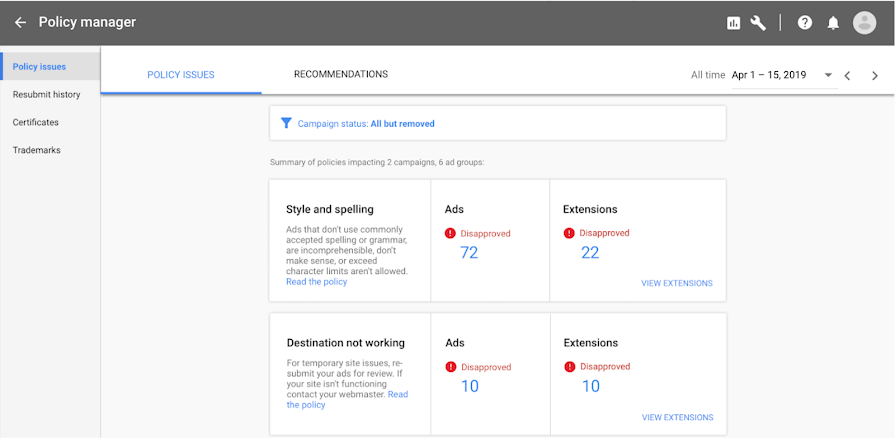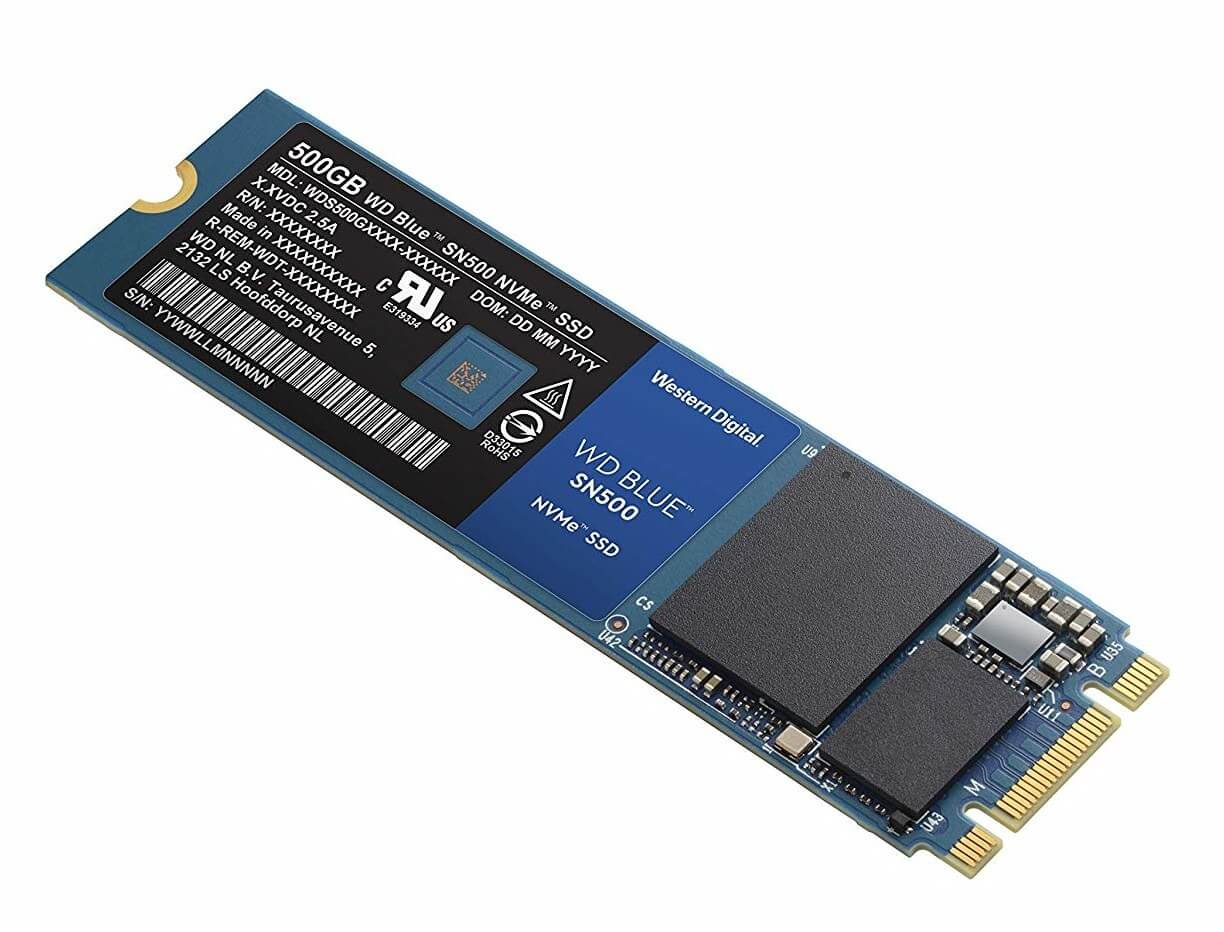1,600 motel guests secretly filmed, livestreamed on website
WTF?! Ever worry that someone might be secretly spying on you in your motel room? That’s what happened to around 1,600 guests in 42 rooms across South Korea, who were not only being filmed, but also livestreamed to a website.
Seoul police said they booked four people and arrested two for installing tiny spy cams in power outlets, TVs, hairdryer holders, and other places at 30 motels across 10 Korean cities. Measuring just 1mm, the lenses were difficult to spot, and some may have assumed they were part of a device. There was no evidence that the motels were involved in the crimes.

Filming took place between November 24, 2018, and March 2 of this year. Footage of the unsuspecting guests was livestreamed to a website, which hasn’t been named. It had over 4000 members, 97 of whom paid a $44.95 monthly fee to access extra features, including being able to replay the streams, reports CNN. The clips brought in over $6,200 for those running the site.
The perpetrators face up to five years in jail and a penalty of 30 million won. “The police agency strictly deals with criminals who post and share illegal videos as they severely harm human dignity,” said an official of Seoul Metropolitan Police Agency’s cyber investigation unit, via the Korean Herald.
“There was a similar case in the past where illegal cameras were installed in (hotels) and were consistently and secretly watched, but this is the first time the police caught where videos were broadcast live on the internet,” the National Police Agency said.
Secretly filming people is a growing problem in South Korea. There were more than 6,400 cases reported to police in 2017, up from around 2,400 five years’ earlier. But just 2 percent of those responsible were sent to jail.
The incidents led to thousands of women protesting the practice on the streets of Seoul last year. They demanded tougher action against such filming, using the slogan “My Life is Not Your Porn.”
Image credit: gmstockstudio
By: Techspot
Samsung’s new HBM2E memory boosts speed and capacity
Samsung says Flashpoint can reach 3.2 Gbps per pin. Not only is it faster than its predecessor, but it also doubles the density to 16 gigabits per die and comes in stacks of eight. That equals a single package capable of 410 GB/s memory bandwidth and 16GB of capacity. As noted by Extreme Tech, a Radeon VII, which uses four memory stacks, equipped with this type of memory would pack 1.64TB/s of bandwidth and a massive 64GB of memory.
“Flashbolt’s industry-leading performance will enable enhanced solutions for next-generation datacenters, artificial intelligence, machine learning, and graphics applications,” said Jinman Han, senior vice president of Memory Product Planning and Application Engineering Team at Samsung Electronics. “We will continue to expand our premium DRAM offering, and improve our ‘high-performance, high capacity, and low power’ memory segment to meet market demand.”
This third generation of HBM2 comes just over a year after Samsung announced Aquabolt, which boosted the performance of first-gen Flarebolt by 50 percent to 2.4 Gbps.
Samsung hasn’t revealed the full details of Flashpoint, such as when it will go into mass production, but the statement suggests it will appear in professional applications before eventually making its way to consumer products. There’s also a question over price, with HBM2 more expensive than the GDDR5/6 alternatives. But as PC Gamer writes, the fact it’s denser could push down HBM2 prices in general.
By: Techspot
EU hits Google with $1.7 billion fine for “abusive” online advertising practices
What just happened? Google’s problems in Europe are showing no signs of abating after it was hit with another enormous fine. This time, the European Commission slammed the company with a $1.69 billion penalty for “abusive practices in online advertising.”
This is the third time in two years that the EU has imposed a multi-billion dollar punishment on Google. It was hit with a $2.7 billion fine for promoting its own shopping services in search results in 2017, and this was followed by a record $5 billion fine in 2018 for requiring Android OEMs to pre-install the Google Search app and its Chrome browser “as a condition for licensing Google’s app store.”
The latest fine comes after the EU found Google guilty of preventing third-party websites that used its AdSense for Search boxes from displaying search ads from competitors in the results page.
In 2009, Google replaced these exclusivity deals with “Premium Placement” clauses. These required publishers reserve the most profitable spaces on their search results pages for Google’s ads and request a minimum number of Google adverts. Publishers also had to seek written approval from Google before making changes to the way rival ads were displayed, letting the company know “how attractive, and therefore clicked on, competing search adverts could be.”
“Today the Commission has fined Google €1.49 billion for illegal misuse of its dominant position in the market for the brokering of online search adverts,” said EU antitrust commissioner Margrethe Vestager. “The misconduct lasted over 10 years and denied other companies the possibility to compete on the merits and to innovate – and consumers the benefits of competition.”
In the world of online search advertising, Google held a market share above 70 percent between 2006 and 2016. Last year, its share dropped to 60 percent from around 90 percent a year earlier.
The announcement comes just after Google said it would ask Android users in Europe to pick their preferred browser and search engine—a response to the Android antitrust case.
By: Techspot
Google moves against bad ads: 2 billion removed last year and stepping up efforts against bad advertisers
The big picture: In their annual advertising report, Google says they removed 2.3 billion bad ads from their platform last year. This is down from the 3.2 billion they banned the previous year, but this year’s number includes twice as many advertising groups and applications.
Advertising makes up more than 80% of Google’s revenue, so it’s definitely something they take seriously and try to optimize. Every year they release a report covering how many bad ads they removed as well as what they are doing to prevent this content from appearing on their ad network.
While this year’s number is down from last year, it’s likely because Google has focused on blocking rogue advertising accounts and publishers before their ads are seen by viewers. With the addition of 330 new classifiers, their machine learning detection techniques resulted in the termination of roughly one million bad advertiser accounts and 730,000 publishers.
Google is also adding an ad policy manager to help advertisers ensure they aren’t in violation of any new policy
Some of the most common ads removed were for ticket resellers, bail bonds, cryptocurrencies and phishing campaigns. While removing all these ads isn’t the best for Google’s bottom line, not removing them would be worse for their platform and could cause some legitimate advertisers to walk away.

In an effort to help ensure ad creators know and follow the new regulations, Google has also announced an ad Policy Manager. This tool will allow advertisers to verify that their ads meet Google’s standards before they are published. The tool will check for policy violations, grammar, trademarks issues, and more. If it detects an issue with an ad, it can give tips to the creator on how to fix it or appeal the decision.
While Google and the rest of the online ad industry still have a long way to go, it’s good to see that they are continuing to try to make the experience better for everyone involved.
By: Techspot
Western Digital announces the ‘Blue SN500,’ a budget-friendly NVMe SSD
Solid state storage prices have been coming down as of late, but they are still usually considerably more expensive than their hard drive counterparts. For example, you can snag a 1TB, 7200RPM Western Digital Blue HDD for around $50, whereas you’d be paying upwards of $150 for a basic 1TB SSD equivalent.
While the price disparity between HDDs and SSDs probably won’t be fully eliminated anytime soon, Western Digital is making the entry point for high-performance SSDs significantly more appealing with the announcement of their new Blue SN500 storage device.
Priced at $54.99 for a 250GB version, or $77.99 for a 500GB version, the NVMe-based SN500 costs about the same as Samsung’s 500GB 860 Evo – the key difference is that the latter device uses much slower SATA technology.

As a result, the SN500 offers read and write speeds that are up to three times as fast as the 860 Evo, meaning it could bring significantly more value to the table; in theory, anyway – we’ve yet to test the SN500 for ourselves.
By: Techspot
Check out this bizarre robot gripper that can lift 120 times its own weight
Forward-looking: When we think of robot grippers, we tend to imagine large, pincher-style machines or those shaped like human hands, but a team from MIT has come up with something very different: a gripper that resembles a wilted tulip, which can pick up fragile objects and is also capable of lifting 120 times its own weight.
A joint project between MIT’s Computer Science and Artificial Intelligence Laboratory (CSAIL) and Harvard, the robotic gripper uses a 3D-printed, 16-piece silicone rubber skeleton covered in either TPU-coated nylon fabric or a deflated, 27-inch latex rubber balloon.
A pneumatic vacuum sucks the air out of the skin, which causes it to collapse around an object. The technique allows the arm to pick up delicate items, such as soft fruit, without damaging them.
“Previous approaches to the packing problem could only handle very limited classes of objects — objects that are very light or objects that conform to shapes such as boxes and cylinders, but with the Magic Ball gripper system we’ve shown that we can do pick-and-place tasks for a large variety of items ranging from wine bottles to broccoli, grapes and eggs,” said MIT professor Daniela Rus. “In other words, heavy objects and objects that are light. Objects that are delicate, or sturdy, or that have regular or free form shapes.”
The shape of the gripper means it’s more suited to picking up round and cylindrical objects, but it could still have applications in a variety of fields, especially those where delicate objects are moved around, such as Amazon warehouses or even in hospitals.
“I could imagine seeing soft robots gentle and dexterous enough to pick a rose, yet strong enough to safely lift a hospital patient,” said Michael Wehner, an assistant professor of robotics at the University of California, Santa Cruz.
By: Techspot
 Toll Free: 888-88-CADAN
Toll Free: 888-88-CADAN Support
Support Client Login
Client Login






